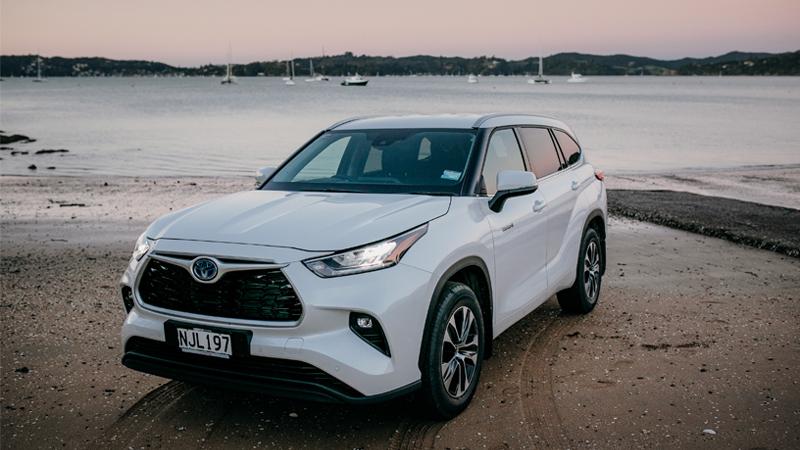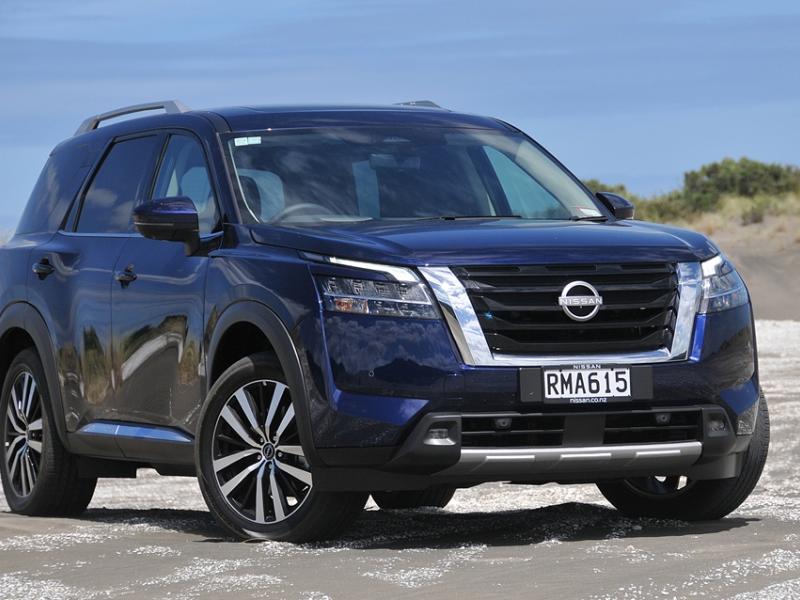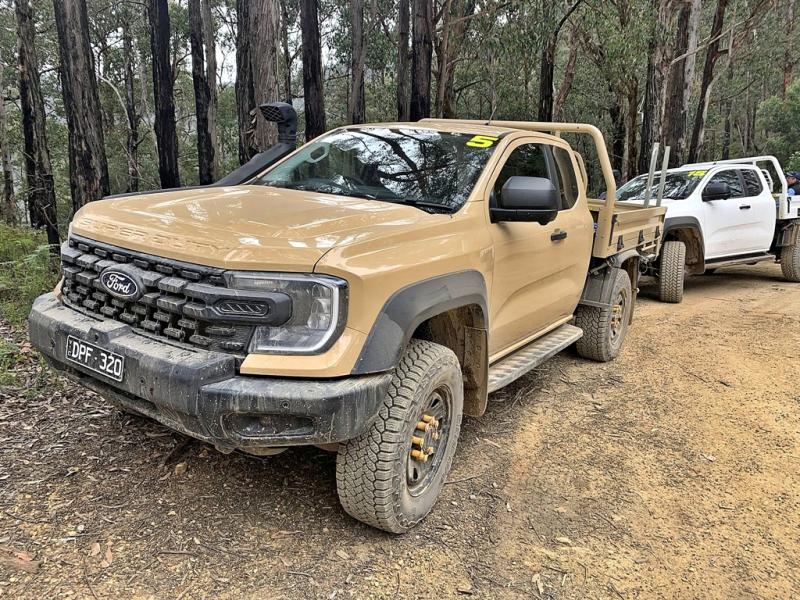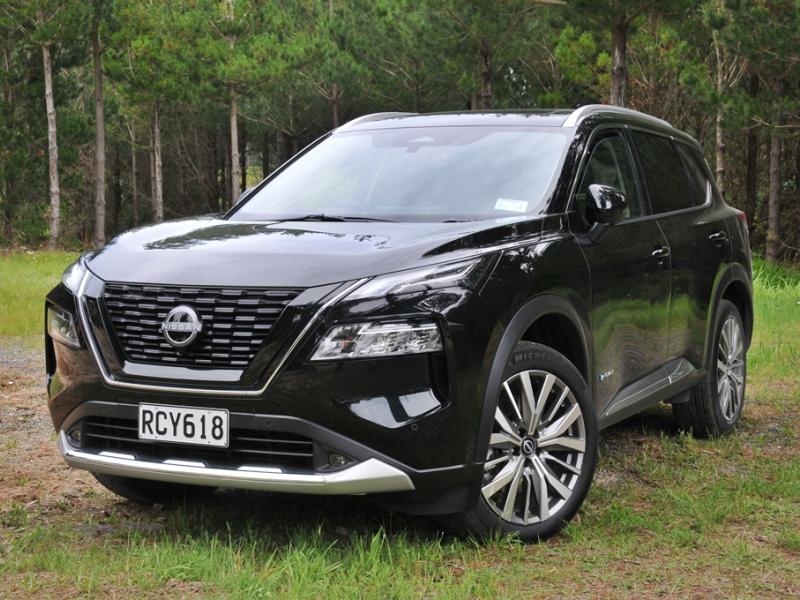Well, that was the original plan…
Like the hero from the 80’s movie Highlander (where the catchphrase comes from), Toyota’s mid-size AWD SUV previously suffered from a single engine option, and a thirsty one at that.
“A beautiful SUV, but... and “Wish it came in a diesel.” were comments which have dogged the Highlander through its previous three generations.
Toyota was listening and for generation four, promised hybrid technology for its popular SUV and – right up to the 11th hour – this was what we expected, a complete range of hybridised Highlanders. This being in keeping with Toyota New Zealand’s drive for a cleaner and greener product portfolio.
The Highlander hybrid GXL, hybrid Limited and hybrid Limited ZR have all landed as promised – but right alongside them are two ICE (for Internal Combustion Engine) V6 petrol models in GXL and Limited grades.
“The decision to retain a V6 option in the 2021 Highlander line-up was driven by consumer demand – mainly from fleets,” says Toyota New Zealand’s General Manager of New Vehicle Sales and Product Planning, Steve Prangnell. “While Toyota will introduce more hybrid and pure electric cars to the market, we will continue to offer multiple powertrains to meet the needs of our customers.”
There have been improvements to the V6 engine; the most significant being the inclusion of a Stop/Start system which reduces fuel consumption from 9.5 litres per 100km to 8.8 litres. Though it apparently came as something of a surprise to TNZ that an ICE Highlander would be in demand, and it has been driven – apparently – by the need to have the pulling power a petrol engine provides.
For every ICE model ordered, however, Toyota NZ has ordered four hybrids, based on the company’s assessment – which we share – that self-charging hybrid Highlanders will be the dominant seller.
Highlander is the ninth vehicle in the Toyota line-up to be ‘hybridised’ and the arrival of the 2021 model range is critical to TNZ’s range mix as the brand drives towards carbon neutrality by 2050. This is much more than a (tail)pipe dream too. TNZ takes its climate change contributions very seriously and is something of an environmental champion in New Zealand.
At the June launch, TNZ CEO, Neeraj Lala pointed out that five years ago, TNZ ‘s vehicles averaged 185gm of CO2. In 2021, that figure is down to 160g and will be below that by the end of the year. Significant? Yes. Between 2016 and 2025, TNZ reduced the carbon footprint of its range by 23gms. Over the same time, the rest of the industry managed a drop of just eight gms across the board. So TNZ – with its 20 percent market share in New Zealand’s automotive industry – has effectively contributed to almost 50 percent of the overall reduction across the total industry.
Highlander Hybrid 101
With that being said, how is Highlander expected to help? Clearly, the uptake of hybrid models is a given, so why should you opt for it? Highlander has seen some dimensional changes for the 2021 models. It is 60mm longer in wheelbase which increases space in the passenger cell and takes the overall body length to 4950mm. As well, it is five mm wider at 1930mm while retaining its 1730mm in height. Even so, the 2021 model has lost 75kg in gross vehicle weight.
There are some telling differences between the ICE and the hybrid in terms of their power and torque outputs too. The ICE V6 delivers up 218kW at 6600rpm, while the hybrid’s total 184kW output peaks at 6000rpm. Torque for the ICE tops out at 350Nm at 4700rpm while the hybrid delivers 242Nm at 4400rpm.
Mechanical changes are most noteworthy in the transmissions and drivetrain.
The ICE V6 runs a conventional eight-speed automatic with a Driveline Disconnect system while the hybrid has the e-CVT with an e-Four drivetrain, with no mechanical connection between the front and rear wheels. The rear wheels are driven by the rear axle mounted motor and when extra traction is not required, the rear axle drive is disengaged unless it is helping to recharge to battery on deceleration.
All Highlanders are equipped with drive mode selectors with the V6 models having a mode for Snow, Mud and Sand as well as Rock and Dirt over the hybrid’s Normal, Sport, Eco, EV and Trail options.
Safety first
Safety equipment does not vary regardless of powertrain or specification level. In what he refers to as his first State of the Nation address, Neeraj Lala emphasised the importance of not divorcing clean and affordable cars from safe ones, as demonstrated by the Highlander range. Toyota’s Safety Sense is standard for all Highlanders, but has some significant enhancements, with new features incorporated into an already extremely comprehensive safety bundle.
Fortunately, none of these features were required during an extensive two-day launch drive, which saw the Highlander showcase its city driving abilities as well as its impressive capacity for long distance touring.
Our drive took us from Toyota Emirates base – after a tour of the America’s Cup winning yacht – out through Auckland’s western districts before heading to Paihia. From there, a return trip to Whangarei via the Hokianga and the wonderfully winding Waipoua State Forest roads visiting the God of the Forest Tane Mahuta on the way, showcased the Highlander’s athletic performance and remarkably balanced road-holding abilities.
Highlander is a critical model in Toyota’s mix of vehicles and one which TNZ is justifiably proud of, representing as it does, the latest in safety and CO2 combatting technology.
Pricing:
3.5 V6 Petrol GXL $60,990
3.5 V6 Petrol Limited $63,990
2.5 Hybrid GXL $63,990
2.5 Hybrid Limited $66,990
2.5 Hybrid Limited ZR $74,990







